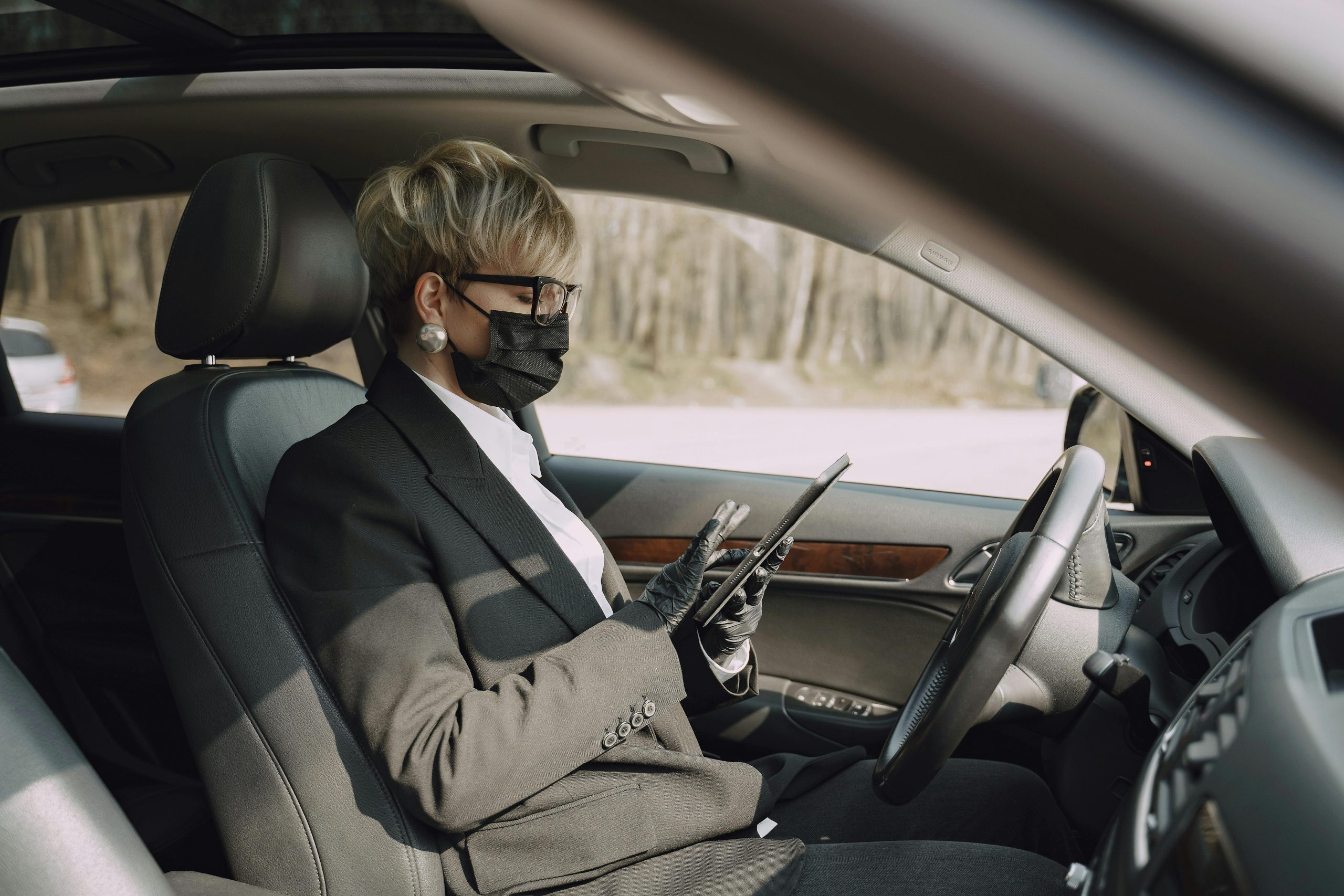The Evolution of Car Safety: From Seat Belts to AI Protection
Car safety has come a long way since the invention of the automobile. From the early days of manually-operated vehicles to modern-day self-driving cars, the evolution of car safety has been a continuous journey of improvement. With each passing decade, new technologies and advancements have been implemented to make cars safer for drivers, passengers, and pedestrians alike. Today, we will take a closer look at the evolution of car safety, specifically focusing on the advancements from seat belts to AI protection.
The Early Days of Car Safety: Seat Belts
In the early days of the automobile, safety was not a major concern. In fact, cars were built primarily for speed and luxury, with very little thought given to the safety of the driver and passengers. This changed in the 1930s when seat belts were first introduced by American car manufacturer, Nash Motors. However, these early seat belts were not very effective in preventing injuries in car accidents. It wasn’t until the 1950s when Swedish engineer Nils Bohlin invented the three-point seat belt, the standard seat belt we still use today.
The Rise of Crash Testing
With the introduction of seat belts, car manufacturers began to focus more on safety features in their vehicles. This led to the rise of crash testing, where cars were subjected to various impact tests to determine their safety levels. The National Highway Traffic Safety Administration (NHTSA) was also established in the 1960s to regulate safety standards in the automotive industry.
The Introduction of Airbags
In the 1970s, another major safety feature was introduced – the airbag. First developed by General Motors, airbags were designed to inflate upon impact to provide an additional cushion for the driver and front-seat passenger. However, it wasn’t until the mid-1990s when airbags became standard in most passenger cars.
Improvements in Vehicle Structures
During the 1970s and 1980s, significant improvements were made in the structural design of cars to make them more impact-resistant. This included the use of energy-absorbing materials and crumple zones that would absorb the impact of a collision, reducing the force of impact on the vehicle’s occupants.
The Emergence of Anti-Lock Braking Systems (ABS)
In the 1980s, anti-lock braking systems (ABS) were introduced to prevent the wheels from locking up during emergency braking, allowing the driver to maintain control of the vehicle. This technology has since become standard in most modern cars and has greatly improved the safety of braking, especially in wet or slippery conditions.
Electronic Stability Control (ESC)
Another significant advancement in car safety came in the late 1990s with the introduction of electronic stability control (ESC). This technology uses sensors and microcontrollers to detect when a vehicle is losing control and automatically applies the brakes to individual wheels to help prevent skidding and maintain stability.
The Age of Artificial Intelligence (AI) Protection
With the rise of technology, the automotive industry has witnessed a new era of safety advancements – AI protection. Today, many new cars come equipped with AI-powered safety features such as lane departure warnings, automatic emergency braking, adaptive cruise control, and even self-driving capabilities. These features use sensors, cameras, and advanced algorithms to detect potential dangers and assist the driver in preventing accidents.
The Future of Car Safety
The evolution of car safety is an ongoing process, and with the rapid advancements in technology, we can only expect to see more innovative safety features in the future. In fact, many experts believe that fully autonomous cars, with no need for human drivers, will be the ultimate solution for preventing car accidents.
In conclusion, from the introduction of seat belts to the emergence of AI-powered safety features, the evolution of car safety has been a continuous journey driven by the goal of making driving safer for everyone on the road. With each passing year, new advancements are being made, and we can only hope that one day, car accidents will be a thing of the past.










